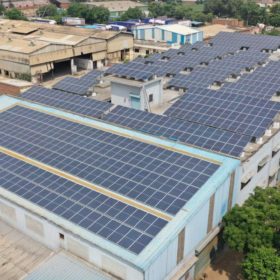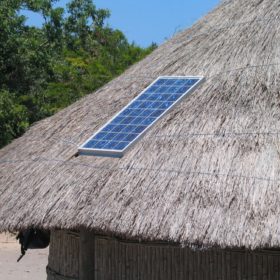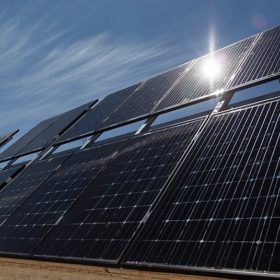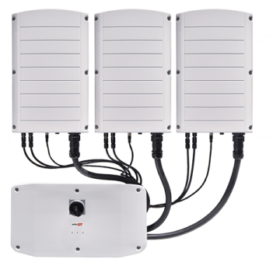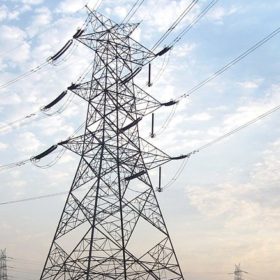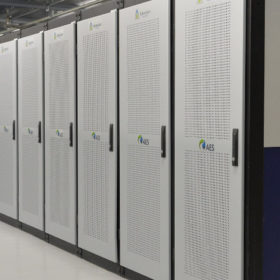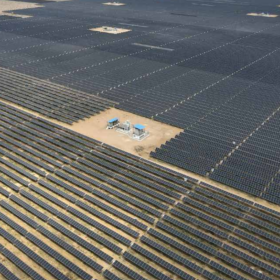Commercial and industrial rooftops in India could deploy 1,875 MW of solar in 2021
According to a new report, India’s commercial and industrial sector will increase its rooftop solar deployments by 47% year-on-year, with bifacials and large-size high-wattage modules offering cost-effective support for reducing electricity costs.
Electric vehicles account for 1% of overall vehicles annually sold in India
The government provides subsidy support under the Faster Adoption and Manufacturing of (Hybrid) and Electric Vehicles (FAME) scheme and reduced taxation rates to promote EV uptake in India. Purchase of 3,61,000 EVs with incentives cumulating to about INR 600 crore has been supported to date under the FAME Scheme.
Solar manufacturers warn of 12-18 months disruption for standalone products
Potential price rises of 14% for the solar home systems that are driving access to electricity in the world’s under-served regions could signal further arrested progress towards the UN goal of universal access by 2030.
Waaree completes supply of 300+ MW solar modules for American project
The Indian solar manufacturer supplied its 385Wp and 390Wp mono PERC solar PV modules for US-headquartered CIM Group’s 250 MW solar photovoltaic project.
South Eastern Coalfields targets 142 MW solar in three years
The Coal India Limited arm plans a 40MW ground-mounted, grid-connected solar power plant initially as it eyes an overall 142 MW PV capacity in three years.
IndianOil to build India’s first green hydrogen plant
The state-run oil and gas major will set up a green hydrogen plant at its Mathura refinery in the Indian State of Uttar Pradesh. The green hydrogen will replace carbon-emitting fuels used in the refinery to process crude oil into value-added products such as petrol and diesel.
Israel’s SolarEdge launches expanded line of commercial inverters
SolarEdge’s new three-phase inverters are available in variants up to 120 kW, with integrated monitoring and a modular design.
Prioritizing efficient plants in coal power dispatch could save INR 9,000 crore annually
A new report proposes a scenario that prioritizes efficiency over variable costs in India’s coal power dispatch mechanism. It goes on to estimate the efficiency improvements and cost savings achieved in this scenario.
Hitachi ABB Power Grids commissions ultra-high-voltage DC link connecting Indian states
The 1,800-kilometer link connecting Raigarh in Chhattisgarh to Pugalur in Tamil Nadu can deliver 6 GW. Power can be transmitted in either direction, depending on demand.
SECI to issue 2 GWh energy storage system tender by August end
The Solar Energy Corporation of India (SECI) shall sign a 25-year power purchase agreement with the successful bidders for these energy storage system projects. The projects are to be set up on a build-own-operate basis.
